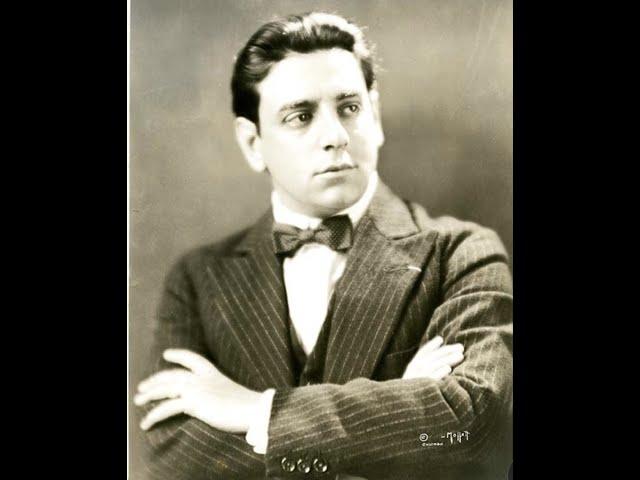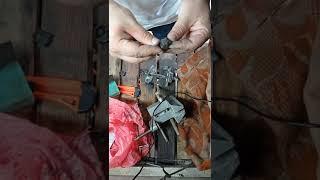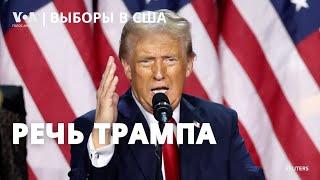
Male Voice Types
Here are all of the credited links, in which admittedly, I don't own the rights to any of them:
Tenore Di Grazia
Tito Schipa: https://www.youtube.com/watch?v=un_3-NIgePA
Pyotr Ivanovich Slovtsov: https://www.youtube.com/watch?v=RFJNq48lTjk
Lyric Tenor
Luciano Pavarotti: https://www.youtube.com/watch?v=I4Iv9WdI4LE
Beniamino Gigli: https://www.youtube.com/watch?v=g0lyaGjWNL8
Jerry Hadley: https://www.youtube.com/watch?v=W5EkPx7karU
Spinto Tenor
Franco Corelli: https://www.youtube.com/watch?v=Eg-59NoES2o
Plácido Domingo: https://www.youtube.com/watch?v=5-AF1T4OehM
Dramatic Tenor
Mario Del Monaco: https://www.youtube.com/watch?v=uRUSb10syVI
Lauritz Melchior: https://www.youtube.com/watch?v=t15BsiKRhZQ
Max Lorenz: https://www.youtube.com/watch?v=cWhZB4BDuWA
Baryton-Martin
Gérald Souzay: https://www.youtube.com/watch?v=mr8q6Kr1EKM
Antonio Scotti: https://www.youtube.com/watch?v=3D0c3r8qxOo
Lyric Baritone
Igor Gorin: https://www.youtube.com/watch?v=wppMAyfbKUU
Pavel Lisitsian: https://www.youtube.com/watch?v=_66VeWHtlEI
Robert Merrill: https://www.youtube.com/watch?v=8q-gw6C6TKg
Verdi Baritone
Sherrill Milnes: https://www.youtube.com/watch?v=2J7oZglAI0w
Apollo Granforte: https://www.youtube.com/watch?v=0FYlZ5QHrp0
Kavalier Baritone
No one in particular
Dramatic Baritone
Ettore Bastianini: https://www.youtube.com/watch?v=6OT03KWR0K0
Titta Ruffo: https://www.youtube.com/watch?v=5xGqmvjT7vI
Lower Lyric Baritone/Lyric Bass-Baritone
Bryn Terfel: https://www.youtube.com/watch?v=6j3hq_flYiE
Lower Dramatic Baritone/Dramatic Bass-Baritone/Heldenbaritone
George London: https://www.youtube.com/watch?v=mYhfxtZv7eg
Hans Hotter: https://www.youtube.com/watch?v=TAWkrNoEfUE
Basso Buffo/Spielbass
Fernando Corena: https://www.youtube.com/watch?v=QYkQUkP37yo
Ferrucio Furlanetto: https://www.youtube.com/watch?v=mkjzTtz-lZQ
High Lyric Bass/Basso Cantante
Feodor Chaliapin: https://www.youtube.com/watch?v=pZS9-_CcraM
Martti Talvela: https://www.youtube.com/watch?v=bzUxXzjVZ6M
Dramatic High Bass/Verdian Bass/Wagnerian Bass
Jerome Hines: https://www.youtube.com/watch?v=eDtZtnoPXU8
Cesare Siepi: https://www.youtube.com/watch?v=zezMbmgbmmM
Lyric Basso Profondo
Kurt Moll: https://www.youtube.com/watch?v=2eQkgZ-pz1A
Eduard Wollitz: https://www.youtube.com/watch?v=9WiRUJP45Pw
Dramatic Basso Profondo
Boris Shtokolov: https://www.youtube.com/watch?v=Id3rKjgpkrc
Contrabass
Mikhail Zlatopolsky: https://www.youtube.com/watch?v=JKkwbYaGdqQ
Vladimir Pasyukov: https://www.youtube.com/watch?v=BJOQqCKbWnA
Ioannis Tsoumaris: https://www.youtube.com/watch?v=_qk6x30f1Mc
Комментарии:

Thanks for the video! Maybe next time do a soprano version!
Tito Schipa totally got me! It's not only about his beautiful voice, but also the way he was singing!
Also I would like to add that the fach system doesn't really matter as long as you can sing the role and sound right. A real good singer can use proper technique to push their voices to sing a role in another fach. For example, Caballe can sing both Liu and Turandot, etc.
Besides there are too many differences among singers even within the same fach. Pavarotti, Stefano, Jerry Hadley, etc are typical lyric tenors with lighter timbre. Carreras is not a typical lyric tenor due to his darker timbre. Also I find it very unconvincing that both Franco Corelli and Plácido Domingo are both spinto tenors (not saying you’re wrong) Domingo I believe is a textbook spinto in his earlier years. There are many videos on fach system and most of them used Domingo as an example for spinto. The piece you picked, E Lucevan le Stelle is a good example. This is exactly how a spinto tenor would sound like. Corelli I believe is more on the dramatic side. I think his voice is too big to be considered as a spinto and he won the HighC battle against Birgit Nilsson (whose voice was huge) consistently. I always think he's more of a dramatic tenor.
I couldn't think of any Kavalier Baritone either. I think Escamillo and Don Giovanni would be two typical Kavalier Baritone roles so maybe pick someone who performed both roles? For Verdi Baritones, I would also add Piero Cappuccilli and Giorgio Zancanaro. They are both great singers. (Oh certainly don't forget our favourite baritone Plácido Domingo)
One of my favourite bass singers is Samuel Ramey, but I am not sure how to classify him.

Thanks for the video, amazing educational content.
Ответить
I think that the examples are not the best.
Ответить
The video is very interesting, but I think that the examples are not the best.
Ответить
Jerome Hines is hard to drop into 2nd octave. I probably think that his vocal cord (ability to close) is not well, although his high notes appear to be bass type
Ответить
Nice presentation. Some kavalier baritones I could think of is Gino Bechi and Lawrence Tibbett. Robert Merrill had quite a big voice he was a successful Verdi baritone. Interesting in depth section on the basses. Siepi is often seen more as a basso cantante. Of course the greatest challenge with bass is that it is extremely difficult to sing low notes over an orchestra. So the lowest bass categories are not meant for opera, you wouldn't be able to hear these notes over an orchestra. I always though that the contrabass was more of a reference to the resonance that singer produced, instead of the vocal range?
I really enjoy Boris Shtokolov, whenever I hear his voice it always feels like a pleasant surprise.

Why the second lyric basso profundo video is too long
Ответить
Do you think the Baryton Martin is a rare voice. My current teacher categorizes me as on . But i'm not fully sure
Ответить
Quick point: The passaggio of Schwer Heldentenors/ Baryton Martons is E4, which is why they sound so similar. Schwer being the dramatic voice, whereas the baryton martin (or "leggiero baritone") being, even when properly trained, the more modest voice. Most baryton martins just fully convert to baritone anyways (Battistini, De Luca, etc).
F4 is Echt/ Italian type dramatic tenor. F# is spinto, and so on.




















